The Science Behind Sugar Sachet Packaging
Sugar, a ubiquitous condiment in modern diets, is often packaged in convenient single-serving sachets. These sachets not only enhance the portability of sugar but also play a crucial role in preserving its quality and freshness. This article delves into the scientific principles that underpin the design and functionality of sugar sachet packaging.
Moisture Control
Sugar has a high affinity for moisture, and exposure to humidity can lead to lumping and spoilage. Sugar sachet packaging is designed to minimize moisture absorption and maintain the product’s dryness. The sachets typically feature a moisture barrier layer, which consists of a material such as aluminum foil or a plastic laminate. This layer prevents moisture from penetrating the packaging and keeps the sugar granules free-flowing.
Oxygen Barrier
Oxygen can react with sugar, causing degradation and loss of flavor. Sugar sachet packaging incorporates an oxygen barrier to prevent this reaction. The barrier layer is often made of a material such as metallized polyester or nylon. By blocking oxygen from reaching the sugar, the packaging preserves its quality and taste.
Heat Resistance
Temperature fluctuations can affect the texture and flavor of sugar. Sugar sachet packaging is designed to withstand temperature variations, ensuring that the product maintains its integrity during storage and transportation. The packaging materials are typically heat-resistant and can endure high temperatures without compromising their barrier properties.
Strength and Durability
Sugar sachets are often handled and transported, and they need to be robust enough to withstand external forces. The packaging is designed with durability in mind, using materials that resist tearing, puncture, and abrasion. The sachets are also typically sealed with a secure closure to prevent accidental spillage.
Convenience and Functionality
Convenience is a key consideration in sugar sachet packaging design. The sachets are easy to open, allowing users to quickly access the contents. They are also compact and portable, making them convenient for carrying in handbags, briefcases, or pockets. Additionally, the sachets often feature printed information such as the sugar weight and nutritional details, providing clarity and convenience for consumers.
Environmental Considerations
Sustainability is an important aspect of modern packaging. Sugar sachet packaging is designed to minimize environmental impact by using recyclable or biodegradable materials. The packaging is also optimized to reduce waste, with the goal of conserving resources and promoting a circular economy.
Sugar sachet packaging is a meticulously engineered marvel that combines scientific principles with user convenience. Through moisture control, oxygen barriers, heat resistance, strength, durability, and environmental considerations, these sachets protect the quality and integrity of sugar while enhancing its usability. Understanding the science behind sugar sachet packaging sheds light on the complexities of modern packaging and its role in preserving food products and improving consumer experiences.
-
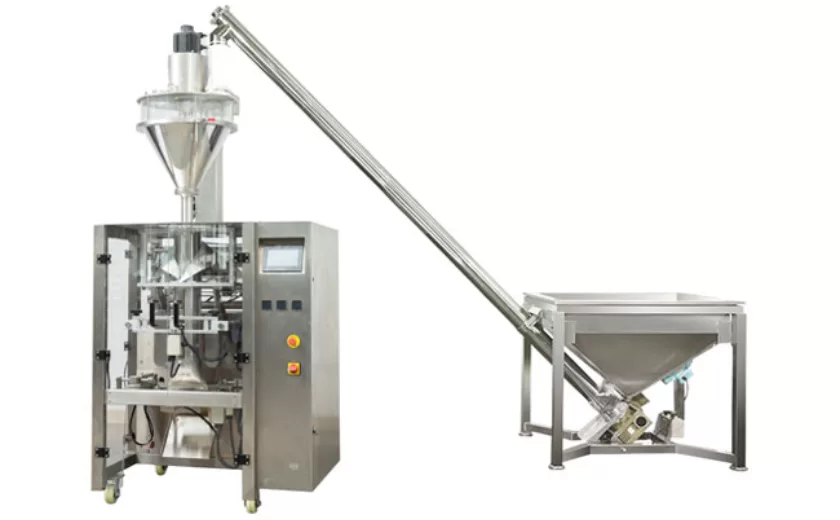
Precision Filling with Auger Type Powder Filling Machines
25-07-2025 -
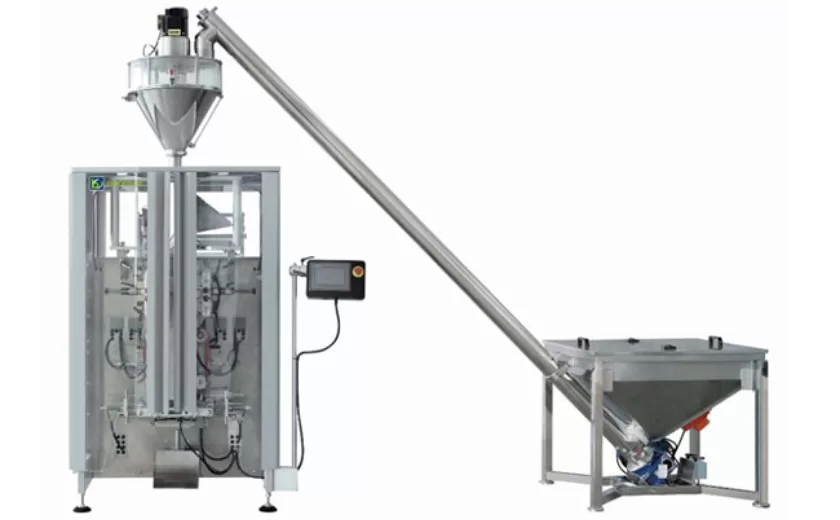
Versatile Auger Packing Machines for Precision Powder Filling
25-07-2025 -
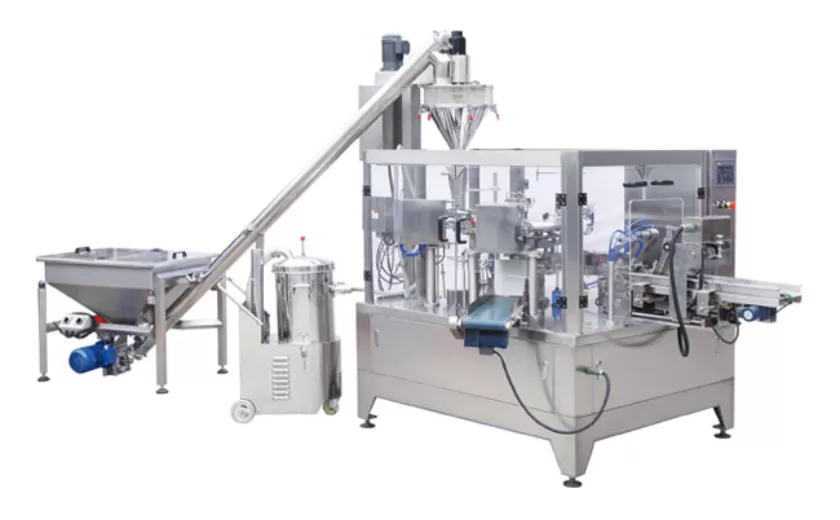
High-Precision Auger Filling Machines for Efficient Powder Packaging
25-07-2025 -
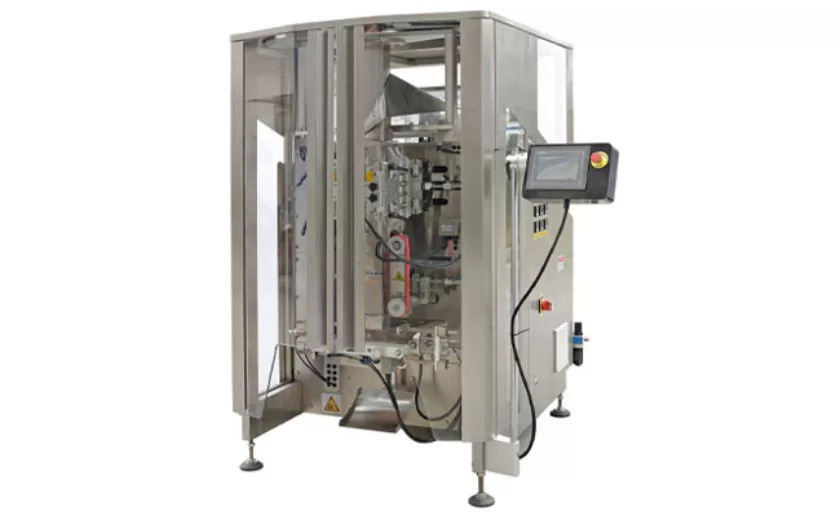
Versatile Vertical Form Seal Machines for Efficient Packaging
20-07-2025 -
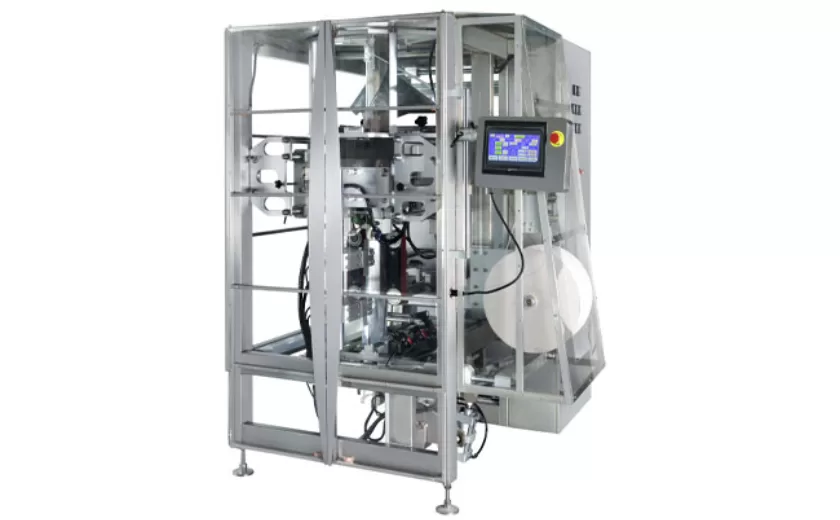
Advanced Vertical Wrapping Machines for Streamlined Packaging
20-07-2025 -
Versatile and Efficient Small Vertical Form Fill Seal Machines for Modern Packaging Needs
20-07-2025 -

Reliable Solutions for Liquid Filling and Packing in Modern Production
11-07-2025 -

Precision and Efficiency with Liquid Packaging Machines
11-07-2025 -

Efficient Solutions with Granule Packaging Machines for Modern Industries
11-07-2025 -

Reliable Solutions with Auger Type Powder Filling Machines
05-07-2025





